Kayangel Atoll is set to become the first inhabited island in the Pacific nation of Palau to be cleared of rats. As well as a healthier ecosystem for fascinating Endangered birds, residents look forward to better livelihoods through increased crop yields.
The Micronesian Scrubfowl Megapodius laperouse is a genius at inventing ways to keep its eggs warm. Those on the Northern Mariana Islands burrow into volcanic cinder fields or use the geothermal heat beneath the ground to warm their unhatched young.
Across the Palau archipelago, they bury their eggs in large mounds of sun-soaked sand in beachside forests. Ingeniously, they incorporate the warmth of rotting vegetation into the construction, adding more to the pile to increase the heat of the nest, or removing it if it becomes too hot.
And that’s not the only remarkable thing about their upbringing, because Micronesian Scrubfowl chicks are super-precocial – meaning they hatch in a more mature condition than almost any other bird species. They emerge as fully-feathered miniature adults, ready to run, pursue prey and, almost uniquely among birds, can even fly on their first day of hatching.
But sadly, it seems they have been no match for rats. Invasive rats have been attacking bird nests and, without the timely intervention of a new project*, the Micronesian Scrubfowl’s extraordinary natural behaviours could have been lost forever. The species is currently classed as Endangered – and these birds aren’t the only ones feeling the devastation.
It started with a shipwreck
Kayangel Atoll in the Pacific Nation of Palau has been particularly hard hit by the rodent invasion. It all started with a shipwreck in the late 1980s. “Rats fleeing a sinking ship” is a well-known figure of speech, but in this case, it had very real repercussions. The rodents soon started to multiply. Kayangel’s 60 residents would go out to their fields to find their crops devoured or damaged before they could be harvested. For such a small island, with humans existing in a delicate balance with nature, this was particularly perturbing.

Ungilreng Takawo, Kayangel Island’s matriarch, explains the extent of the impact: “The presence of rats on the island caused many challenges for agriculture. The rats damaged our crops such as bananas, sweet potatoes, and corn. We welcome this project, and if successful, it will allow the local people to grow the crops they wish to grow.”
Heather Ketebengang from Palau Conservation Society (BirdLife Partner) said, “Palauanshave long shared the land and waters with native plants and wildlife. Invasive rats disrupted this natural balance. Hopes are high for the future of Kayangel.”
Laying the bait
The project in question took the form of a grueling two-month marathon over March and April this year, with the conservation team* spreading bait across 45 kilometres of trails, in order to target every single rat on the island. The Kayangel community played a vital role by removing alternative food sources for the rats, forcing them to take the bait. Residents are now waiting with baited breath for 2019’s survey, which will discover whether efforts have been successful.
Rats were successfully removed from three nearby islets. Today, they are teeming with wildlife
And there’s every likelihood they will be. A similar project in 2012 offered a glimpse of what Kayangel could soon become, when the Palau Conservation Society and BirdLife International successfully removed invasive rats from three nearby, uninhabited islets. Today, these islets are now teeming with wildlife.
Steve Cranwell, Pacific Programme Manager at BirdLife International, is confident in the project’s success: “Given this investment, we are optimistic that Kayangel will once again be rat free and will remain so, restoring harmony between the natural environment, livelihoods, and cultural identity on the island.”

And it’s not just Scubfowl and people who will benefit from this timely intervention: the project contributes to the planet’s biodiversity as a whole. Kayangel is home to a wealth of fascinating species, many of them threatened with extinction. We hope that soon, the endemic Palau Flying Fox Pteropus pelewensis(Near Threatened) will swoop to greater heights, while the Hawksbill Turtle Eretmochelys imbricata (Critically Endangered) and Green Sea Turtle Chelonia mydas (Endangered) can nest on Kayangel’s rat-free beaches in safety.
Tommy Hall, Project Manager at Island Conservation, puts it in a nutshell: “It has been a privilege to work closely with the Kayangel community on this project. In the absence of invasive rats, native plants and animals will be able to naturally recover. We look forward to seeing the recovery of native species that have been struggling under the impacts of invasive rats. The Micronesian Scrubfowl will once again have a chance to thrive.”
Find out more about the beautiful Kayangel Atoll here (video © Palau Conservation Society)
The project was completed over March and April 2018 by a partnership consisting of the Kayangel community, Palau Conservation Society (BirdLife Partner), the Kayangel State Government, BirdLife International, and Island Conservation, with support from the Kayangel Protected Area Network State rangers and other Palauan states. Funding for this work was provided by the U.S. Fish and Wildlife Service Coastal Conservation Fund, Island Conservation, T/Gear Trust, and BirdLife International. Lead Image: The Micronesian Scrubfowl incubates its eggs using volcanic heat © Island Conservation.

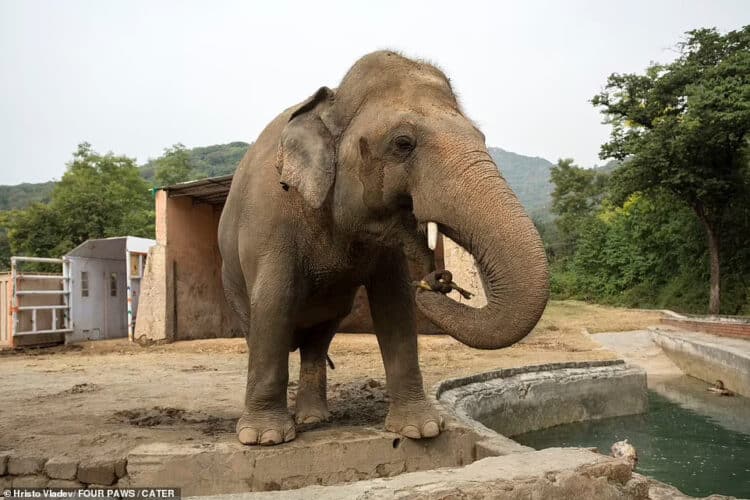
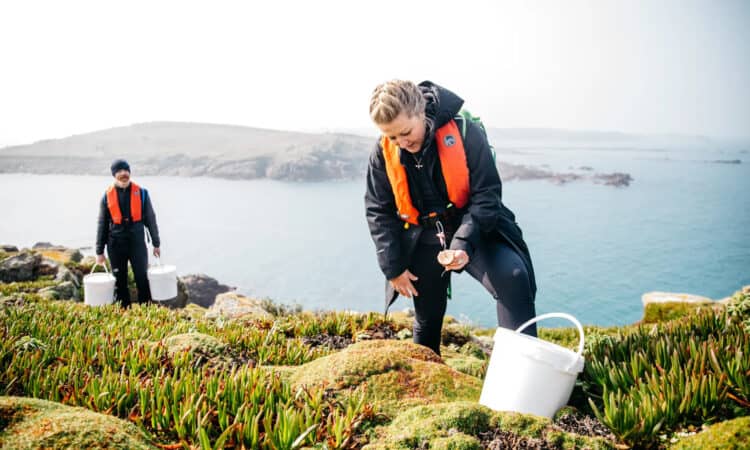
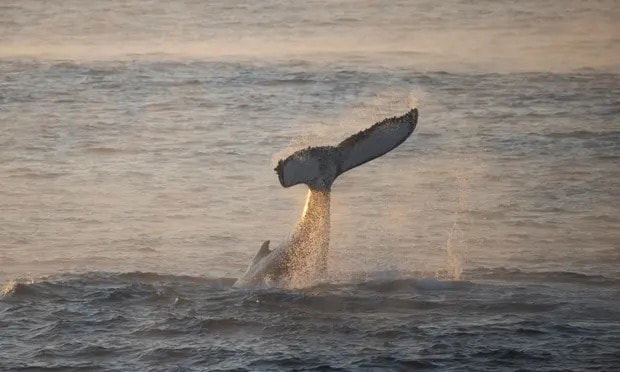
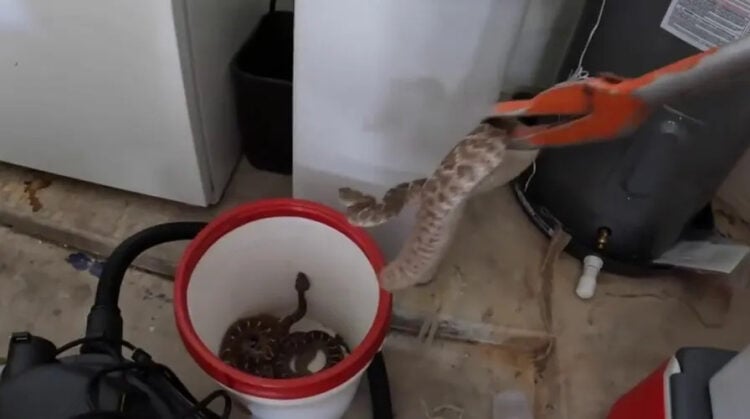
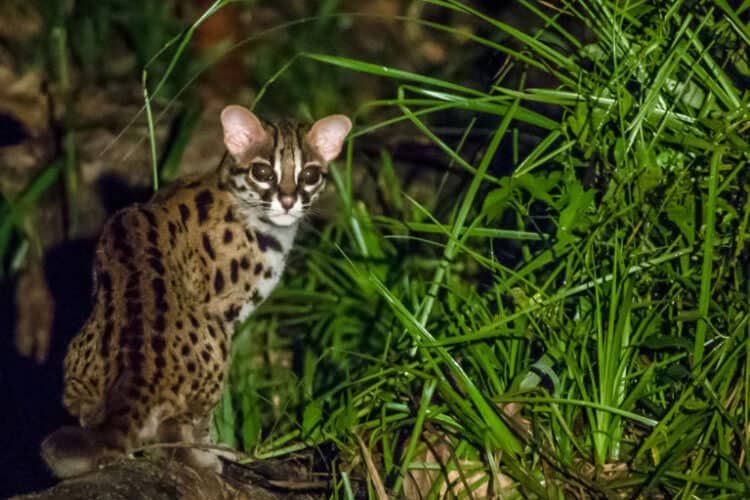
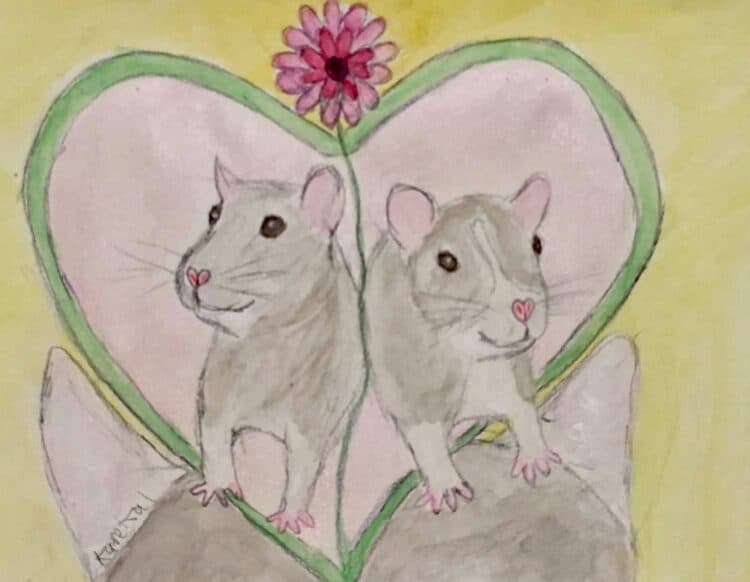
Leave a Reply